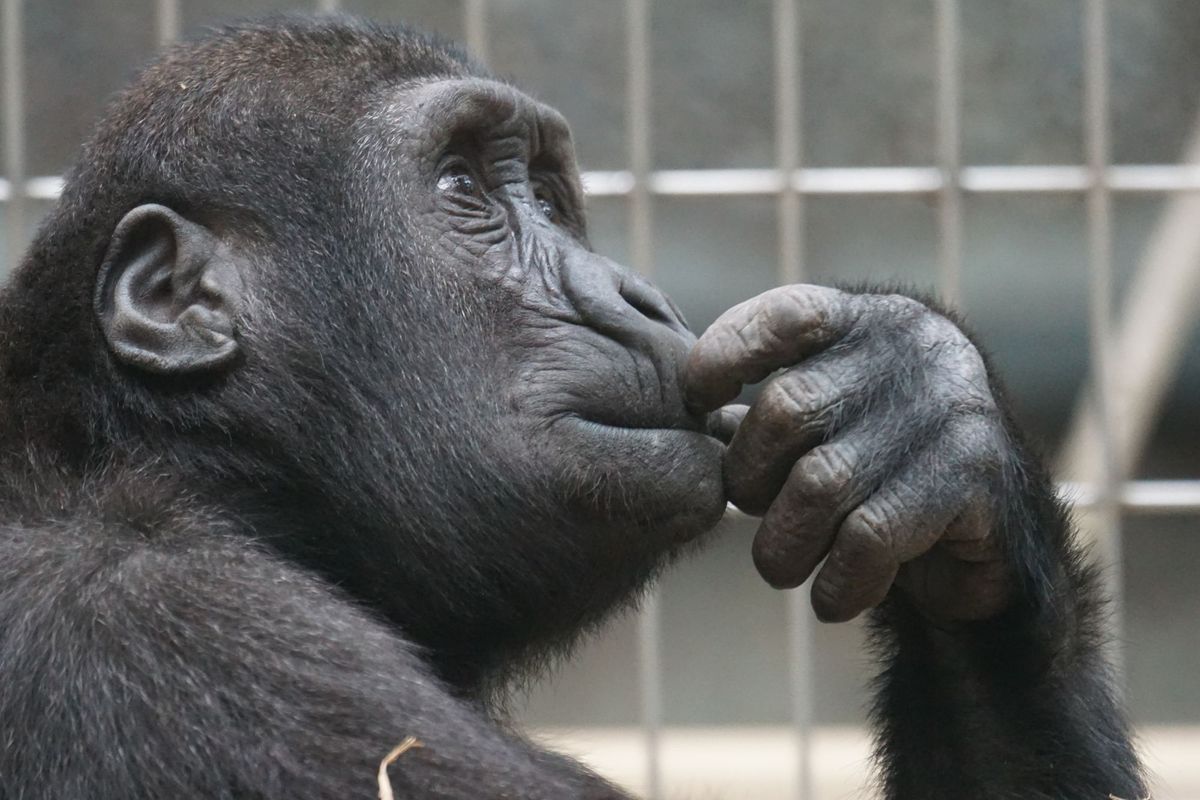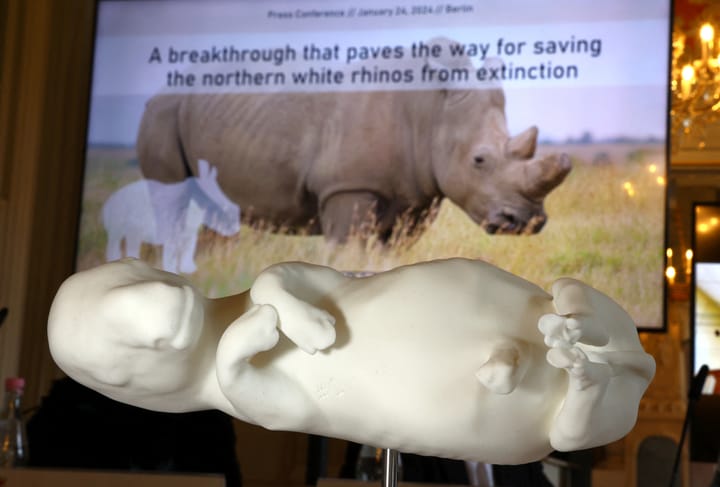People really get apes
They're practically our cousins. Our very strange, hairy cousins.

A few minutes every morning is all you need.
Stay up to date on the world's Headlines and Human Stories. It's fun, it's factual, it's fluff-free.
We all know that humans and apes share a common ancestor. They're practically our cousins. Our very strange, hairy cousins.
And, as it turns out, we may be able to understand them better than we thought.
In a recent study by the University of St. Andrews in Scotland, researchers tested how well humans could understand ape gestures. Kind of like us, apes and other primates use their own form of sign language. In fact, some scientists believe that the gestures apes use to communicate goals could've been precursors to human language. "They are using gestures in a way that is more languagelike, and so there's this theory that human language might have evolved from this gestural basis," says primatologist Kirsty Graham of the University of St. Andrews.
The idea to explore this communication comes from Graham, who has spent hundreds of hours among apes in the DRC, working to decode their interactions.
In the experiment, 5,656 (human) participants were shown videos of chimpanzees and bonobos making 10 of their often-used gestures, like raising their arms, which could signal grooming or hunger; shaking an object, which could be a sign for sex; and touching, potentially meaning "climb on my back" or "give me that food." While about 2,700 people were given only the videos, the rest of the participants were given more info and context.
The results? More than half of the participants with more context could figure out the gestures' meaning (57.3%), while 52.1% of participants given only the videos could figure it out. This is way higher than researchers expected.
"When the apes use these gestures, they have a lot of extra contextual knowledge (what's their relationship? What have their recent interactions been like? What were they just doing?) that participants didn't have access to in the experiment," Graham told Vice. "And when we told participants a bit about what the apes were doing before, it did improve their understanding significantly but only by about 5 percent. So it seems like the gestures themselves are really meaningful to people."




Comments ()